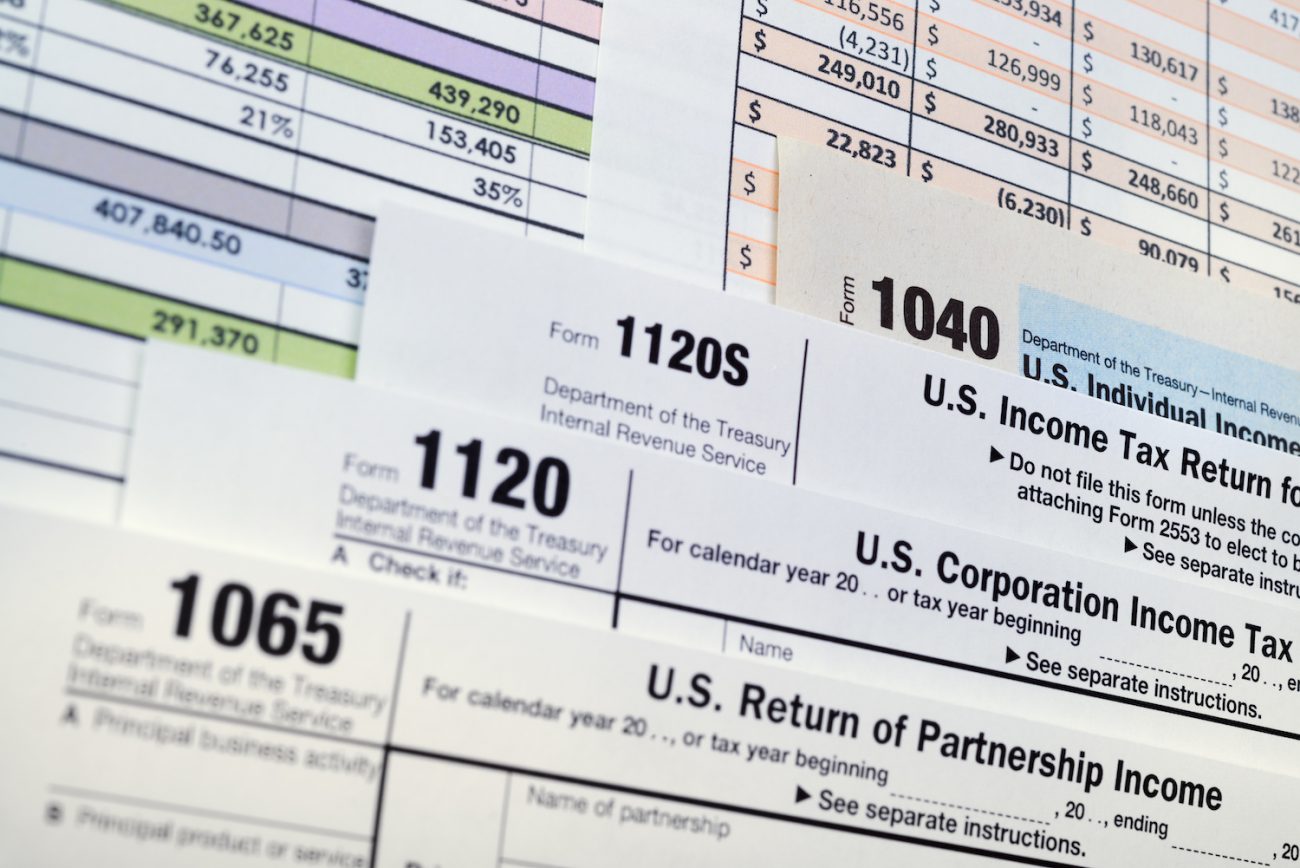# 1 choice for accounting, audit, tax, consulting and analytic services
Bridgers, Goodman, Baird & Clarke not only to help you manage and grow your business, but to help you achieve your business and personal financial goals, so that your business can be a means to enjoy all of your life’s passions.
Over 40 Years of Quality Service in Certified Public Accounting
We are committed to providing close, personal attention to our clients. We take pride in giving you the assurance that the personal assistance you receive comes from years of advanced training, technical experience and financial acumen
Services

Tax Services
We assist our tax clients through efficient compliance and effective planning to help them realize substantial savings.

Auditing & Assurance
Our goal is to improve information or the context of information so that decision makers can make more informed, and presumably better, decisions.
Business Services
Bridgers is the perfect choice for your small business
We provide more than accounting and bookkeeping services; we take an active role in increasing profits for your business. We’ll deliver the accurate financial reports you need to watch expenses and the inventive strategies to manage your tax obligations. At Bridgers CPAs, we know that how you handle your money can make or break your business.
Business Services Experts
Certified Public Accountants
Let us do your Accounting
Spend More Time Doing What You Love
By allowing Bridgers CPA’s to take care of your Accounting needs you can spend more time focusing on your business.
What you need to Know About
Auditing and Assurance
What is Auditing and Assurance
Why do I need a tax accountant?
Preparing for an Audit?
- All
- Blog
- Financial Planning
- General Business News
- Tax and Financial News
- Tip of the Month
- What's New in Technology
- Blog ·

The Hidden Tax Trap Keeping America’s Housing Market Frozen
- Bridgers CPAs·
- November 1, 2025 12:00 pm·
- 0·
- Blog ·

Understanding The Q Ratio
- Bridgers CPAs·
- November 1, 2025 12:00 pm·
- 0·
- Blog ·

New Rules for Inherited Traditional IRA Distributions
- Bridgers CPAs·
- November 1, 2025 12:00 pm·
- 0·
- Blog ·

Get a Jump on Holiday Shopping: Key November Dates
- Bridgers CPAs·
- November 1, 2025 12:00 pm·
- 0·
- Blog ·

Why Authorization Sprawl Is the Next Big Security Blind Spot and How to Fix It
- Bridgers CPAs·
- November 1, 2025 12:00 pm·
- 0·
- Blog ·

Understanding Contribution Margin After Marketing
- Bridgers CPAs·
- October 1, 2025 12:00 pm·
- 0·






